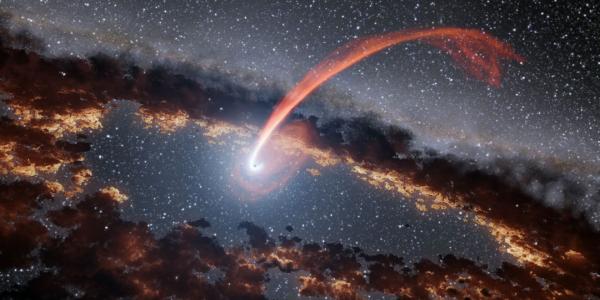Astrophysics Seminar with Matthew Liska on Formation of Luminous Black Hole Accretion Disks
The gravitational pull of a black hole attracts gas and forms a physical laboratory whose extreme conditions cannot be replicated on Earth. The infalling gas forms an accretion disk where the interplay between hydromagnetic processes and the warping of space-time releases gravitational energy in the form of radiation, relativistic jets, and winds. It is likely that most gas falls into black holes when the accretion rate approaches the Eddington limit, at which point radiation pressure overcomes gravity. To date, our theoretical knowledge of luminous black holes mostly relies on semi-analytical models, supplemented by a very limited set of numerical simulations. In the first part of my talk I will discuss results from the first radiative high resolution GRMHD simulations of a L=10^-1 Ledd accretion disks. I will demonstrate the importance of radiative cooling on the disk structure and discuss how magnetic fields can potentially lead to the formation of a hot corona: A billion degree plasma whose origin is unknown. In the second part of my talk I will drop a crucial assumption that most analytical models and simulations make: Perfect alignment between the disk and black hole spin axes. I will demonstrate that frame-dragging by the black hole can tear a misaligned luminous accretion disk apart and that accretion proceeds through shocks. This challenges the 30 year old paradigm that invokes magnetized turbulence to explain accretion of gas. I will present power spectra of misaligned accretion disks where a combination of the tearing process, disk precession and radial-epicyclic oscillations leads to various variability phenomena. I will show that the relevant timescales are compatible with the observed quasi-periodic variability in XRBs and AGN.
Sponsored by the McDonnell Center for the Space Sciences.

